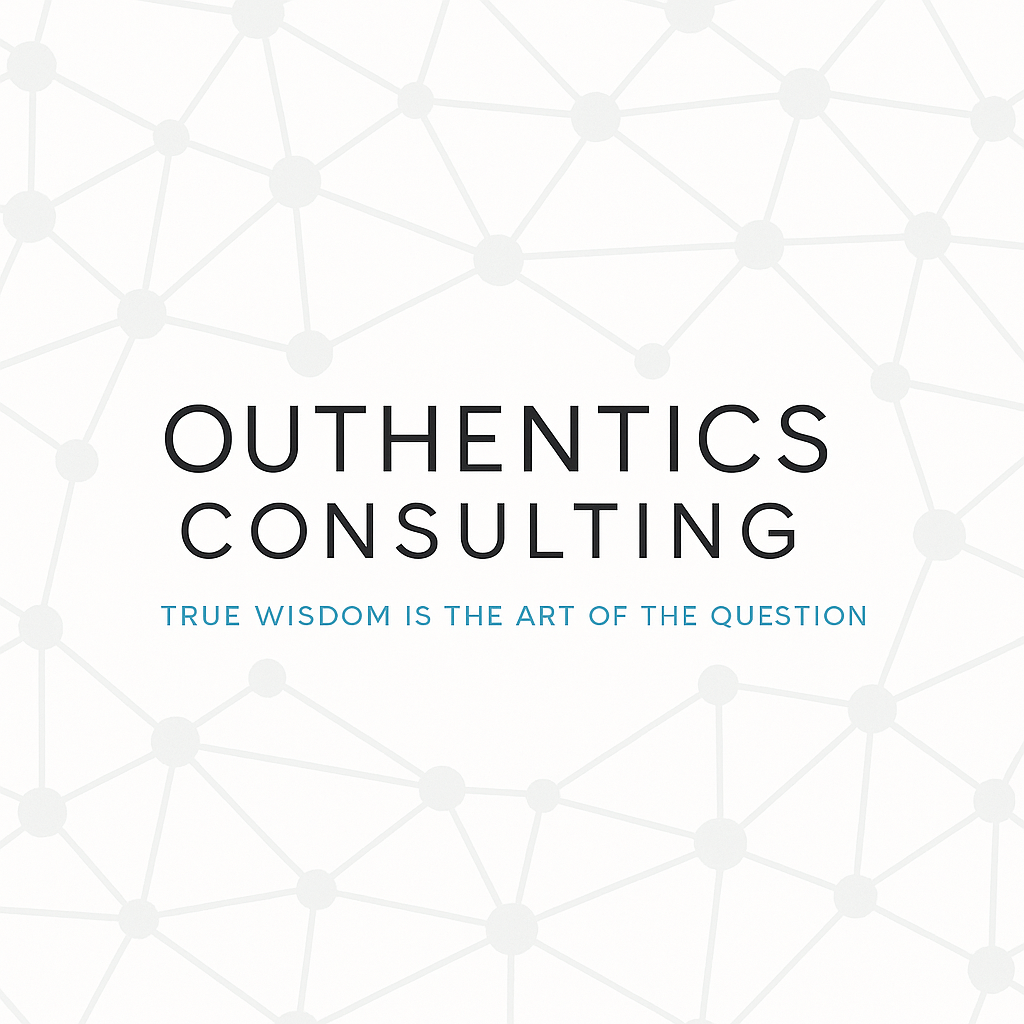Changing culture one habit at a time
NHS Improvement recently announced that it was working with the King's Fund on 'a two-year programme to help NHS providers develop cultures that enable and sustain continuously improving, safe, high quality, compassionate care'.
I have nothing against this per-se although I do wonder why we need another culture diagnostic and change programme when there are so many already out there - just Google it and see the wealth of resources already available. Which inevitably brings us to the question which is 'why this one will be any more effective than any of the others'.
What is central to the successful delivery of a 'culture change' programme is the mental model we hold in our minds when we discuss organisational culture.
Just as we tend to anthropomorphise animals we are often at risk of anthropomorphising the inanimate when we talk about culture - in this case organisations. An organisation is not an animate entity, an animal or a plant or even a person. An organisation is 'simply' a framework within which individuals are 'organised'. Individuals are the culture.
Too often when we blame organisational culture our mental model reinforces the transfer of the responsibility and the focus of the culture away from ourselves to something that is 'other than us'- to the organisation. As a result we take on a victim mentality where culture is seen as a dragon to be slain - a Smaug coiled around the jewels of our enterprise stifling it and preventing us fulfilling our potential. This naturally leads to the search for a 'dragon slayer' - and a great deal of tilting at windmills (to mix a number of literary allusions). Many approaches to cultural change risk perpetuating this mentality. Culture becomes a SEP - a Somebody Else's Problem.
Definitely would prefer this one to be an SEP
If we accept that, as individuals, we are the culture then our mental model shifts to see organisational culture as an accumulation of individual habits that become aligned and ingrained over time. In this mental model the first and biggest shift for any effort to change culture is the acceptance by each individual within the organisation that 'I am the culture - my habits positive, negative, and coping contribute to what we are collectively'.
In this model the first step to changing culture is for individuals to take personal ownership of the challenge; to identify the personal habits that need to be challenged - identifying those that should be given more emphasis and others that need to be replaced with new habits.
At this stage we need to ground our understanding in terms of the cost to ourselves, our patients/clients and to our colleagues of not changing our habits. And then we need to select the one habit to start with - the one personal change that allows us to begin the journey, which, when added to all the other personal experiments in the organisation begins to unlock wider potential and begin the cultural shift.
The role of leaders throughout an organisation is to role model this themselves - to lead the way, to break through their own Self Limiting Assumptions, to be the change they want to see in others and to provide the support, permissions and space for others to do the same.
So what is the habit you are going to change first/next?
Culture changes one habit at a time


